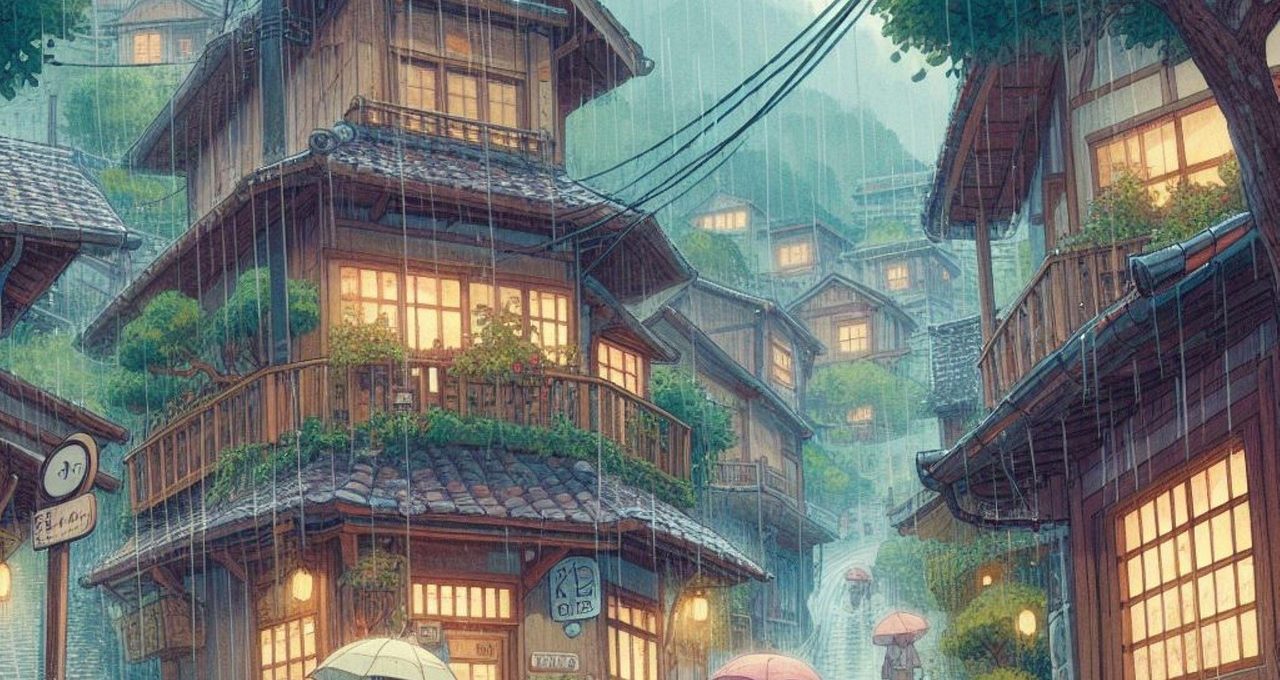Chatgpt’s new feature of turning pictures into Ghibli Style Artworks has created a huge sensation not just nationally but globally, with people from all walks of life hopping on to the bandwagon. But what is it actually? Let us understand this first.
Understanding Ghibli and its Original Essence
The term Ghibli, co-founded by Hayao Miyazaki and Isao Takahata, is widely recognized due to the legendary Japanese animation studio known for its breathtaking hand-drawn animation, emotionally resonant storytelling, and intricate world-building.
It is more than just how it looks– with soft colours, playful characters, and magical scenes that feel like a dream, it creates feelings of nostalgia, wonder and a strong bond with nature and people.
The Problem with AI Filters
Gpt’s new feature has not just simplified the intricacies that go behind this animation form, but has rather mocked its very sanctity particularly in times of today’s fast-paced, consumable media, thereby, becoming a classic example of how AI and technology in general possess the threat of devaluing the very nature of art that has remained sacred, reverent, and spiritually pleasing for decades.
This art form includes detailed backgrounds inspired by real-world landscapes and traditional Japanese aesthetics with expressive character designs that feel deeply human, even in fantasy settings. Magical realism becomes an important hallmark for the same.
However, all these minor complexities have been codified to fit into yet another capitalist construct, where art is commercialized for the sake of profit. It raises serious questions about the very ethics of artistic replication in an age of advanced digitalism.
Sashikanth Thavudoz, an artist with The Arts Family, London (shortlisted) says that, “The debate over Studio Ghibli-style AI art reflects a paradox of our own ethics.” This is rightly said because by fitting this art into the construct of an ‘instant filter’, the tool not only flattens the immense craftsmanship and philosophy behind the style but also disrespects the very hard work, artistry and originality that went behind the creation and formulation of this art.
Ethical Questions and Human Emotions
It is dehumanizing how social media users still hopped on to the trend without giving second thoughts to the disrespect that it might cause to the artists around them and in general.
Miyazaki himself said, “I would never wish to incorporate this technology into my work at all. I strongly feel that this is an insult to life itself.” This is a testament of his very feelings, where all he felt was nothing but hurt and disgust. It also reflects his belief that art originates from human experiences and emotions and nothing can take this fact away.
An art that took months and years to come to its present form mimicked within seconds. It is not just devaluation of art alone but also of patience, perseverance and human labour.
Would Hayao Miyazaki ever agree to his style being used this way? The answer, based on his public statements, is a clear no. Yet his visual language is being mined by AI models trained on copyrighted works, often without acknowledgment or compensation. Are we not, by hopping on to this trend becoming a part of this ethical conundrum but worse further propagating it?
Not to forget that what Artificial Intelligence offers us is nothing but a hollow replication of this art form which in reality has its roots layered in themes of war, environmental destruction, and emotional repression. What it thus offers is pleasing to the eye but not powerful. It defies the very concept of art originating from ‘lived experience.’ Thus, it is an art inhumane – without any real feelings or emotions attached to it, it is an art that is hollow.
Conclusion
To sum up, while this art form that first came during the 1980s was a Creation, what we now have in the form of Ghibli-fied AI pictures is nothing but a Regeneration.
Studio Ghibli’s work is not simply about how it looks but about what it feels. And no AI-rendered image, however visually close it may appear, can replicate its truest essence. The revamping of the art form raises important questions on ethics and the significance of art in this digital culture that not only motivates us to think but decide on a very approach of how Art should be viewed and felt in such everchanging times.
Read more about this controversy here.
For more such blogs, follow BookWithUVA.




Leave a Comment